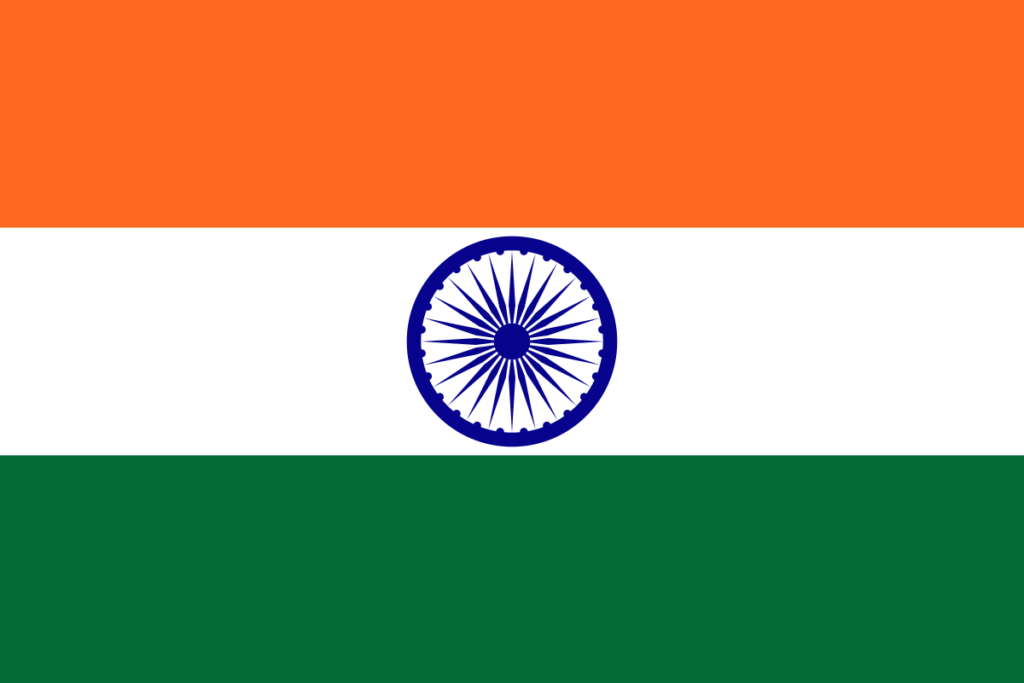US President Donald Trump has reaffirmed that a bilateral trade agreement with India is within reach, promising “much less tariffs” to make both nations more competitive. He indicated that India is prepared to lower longstanding trade barriers—an essential move to prevent the reimposition of reciprocal tariffs set to take effect on 9 July.
Trump’s remarks came aboard Air Force One on 1 July, where he stated: “I think we are going to have a deal with India… Right now, India does not accept anybody in. I think India is going to do that, and if they do that, we are going to have a deal for much less tariffs”. Treasury Secretary Scott Bessent echoed that sentiment, telling Fox News that negotiators are “very close” to finalising terms that would ease the tariff burden on US exports.
Negotiations have entered a critical phase, with Indian envoy Rajesh Agrawal extending his stay in Washington amid pressures to seal the deal before the 9 July deadline. That date marks the expiry of a 90‑day pause on Trump’s unilateral imposition of up to 26 per cent reciprocal duties on Indian goods.
India has signalled openness to tariff reductions across select segments of US exports, offering eased duties on almonds, pistachios and certain industrial goods. More ambitious proposals—such as reducing tariffs on wheat, corn and dairy—have sparked internal debate, with agricultural producers voicing strong opposition. Finance Minister Nirmala Sitharaman has publicly defended India’s protective stance, particularly around dairy, stemming from concerns that opening up in this sector could imperil the livelihoods of millions of smallholder farmers.
Central to the deadlock are non‑tariff barriers, including India’s extensive Quality Control Orders that regulate foreign imports with more than 700 rules. Indian experts argue these safeguard consumer standards, while US authorities assert they unfairly limit market access for American goods.
Strategic calculation underpins the dialogue. India aims to double its bilateral trade with the US from $191 billion in 2024 to $500 billion by 2030, a target anchored in a February framework agreement between Trump and Prime Minister Narendra Modi. US interlocutors, meanwhile, hope a deal with India will unfurl ahead of similar pacts with other nations like Japan.
While the backup date looms, Indian officials emphasise they seek not a superficial compromise but a durable agreement aligned with national interests. A senior ministry source noted that discussions remain cordial: India has tabled offers to phase out a 10 per cent base tariff and reduce steel duties, while the US is said to be amenable to market access for Indian defence and energy purchases.
As negotiations enter the eleventh hour, both countries appear to favour a tailored interim pact. Industry voices suggest a model in which India offers tariff relief on manufactured goods such as vehicles and industrial components. In return, the US could ease access for Indian textiles, gems, jewellery, leather goods and select agricultural exports—including shrimp, oilseeds and grapes.
Failure to reach consensus by the 9 July threshold carries significant risk: the threatened 26–27 per cent tariff would hit exporters on both sides and erase much of the progress achieved. Conversely, a deal—even a limited one—would offer immediate relief and lay a foundation for broader cooperation in sectors such as defence, energy and rare earth elements.



 Quad Ministers Demand Justice for Pahalgam Massacre
Quad Ministers Demand Justice for Pahalgam Massacre 